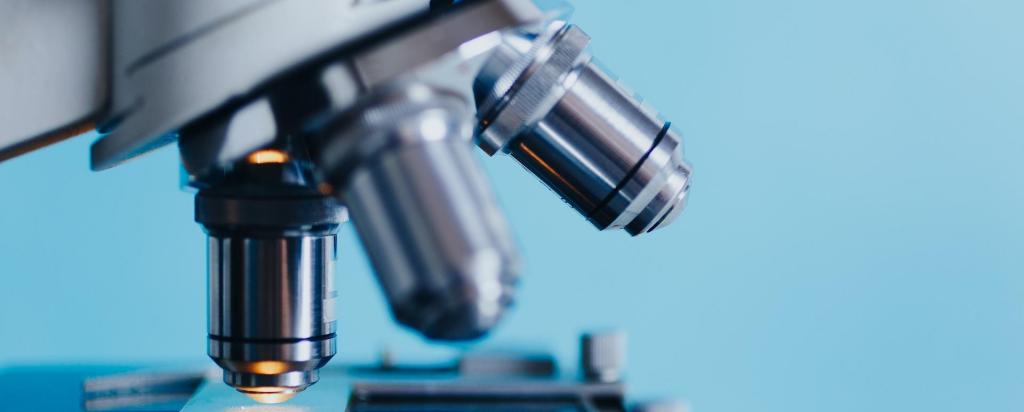

Showing 1 - 20 of 23 results

ANSTO proudly participates in a new ARC Centre of Excellence for Indigenous and Environmental Histories and Futures
ANSTO is participating in a new Australian Research Council (ARC) Centre of Excellence for Indigenous and Environmental Histories and Futures (CIEHF) to be headquartered at James Cook University (JCU) that aims to bring Indigenous and environmental histories to the forefront of land and sea management.
New facility complements ANSTO’s extensive radiocarbon capabilities
A new radiocarbon dating facility opened at the University of New South Wales (UNSW) will complement the extensive radiocarbon facilities at ANSTO’s world-leading Centre for Accelerator Science
Strategic research partnership agreement with University of Queensland

ANSTO User Meeting 2021 - Topics
ANSTO strengthens its collaboration with IAEA to support environmental protection
Stronger research link with IAEA with the establishment of Collaborating Centre at ANSTO to support environment and cultural heritage activities

Role at ANSTO
Dr Karina Meredith was appointed Director of the new Research and Technology Group for Environment effective 15 January 2024.

Role at ANSTO
Environmental research at archaeological site
Insights about Mayan Empire relevant for current climate challenges
Scholar Profile - Phil Sutton
Since 1962, the United Uranium Scholarship has helped promising young scientists in the field of nuclear energy extend their knowledge and expertise. In 2022, scholarships were awarded to several ANSTO researchers, including Phil Sutton.

PIXE
Particle induced X-ray emission can be used for quantitative analysis in archaeology, geology, biology, materials science and environmental pollution.
Connect with ANSTO's Women in STEM
Read about an ANSTO scientist and their work to prepare for a school project or interview.

Particle Induced X-ray Emission
Particle Induced X-ray Emission (PIXE) is a powerful and relatively simple analytical technique that can be used to identify and quantify trace elements typically ranging from aluminium to to uranium.

ANSTO User Meeting - Speakers
ANSTO User Meeting 2021 - Speakers
ANSTO scientists and engineers in the spotlight as role models
Young and mid-career ANSTO scientists and engineers have been featured in the latest issue of Careers with STEM that highlights careers in nuclear science.
Project BRIGHT
The BRIGHT Project will expand the beamline infrastructure of the Australian Synchrotron to increase both its capacity and capabilities.
Rare boomerangs used by ancestors of Yandruwandha Yawarrawarrka people dated at ANSTO
A rare collection of traditional Aboriginal wooden objects in varying degrees of preservation found along a dry creek bed in South Australia have been dated to a period spanning 1650 to 1830 at the Centre for Accelerator Science at ANSTO.
ANSTO’s international development activities captured in Australian Development Corporation Performance Report 2022-2023

Medium Energy X-ray Absorption Spectroscopy Beamline (MEX-1 and MEX-2)
The Medium Energy- X-ray Absorption Spectroscopy beamlines will provide access to XANES and EXAFS data from a bending magnet source, optimised for cutting-edge applications in biological, agricultural and environmental science in an energy range that is not currently available at the Australia Synchrotron.